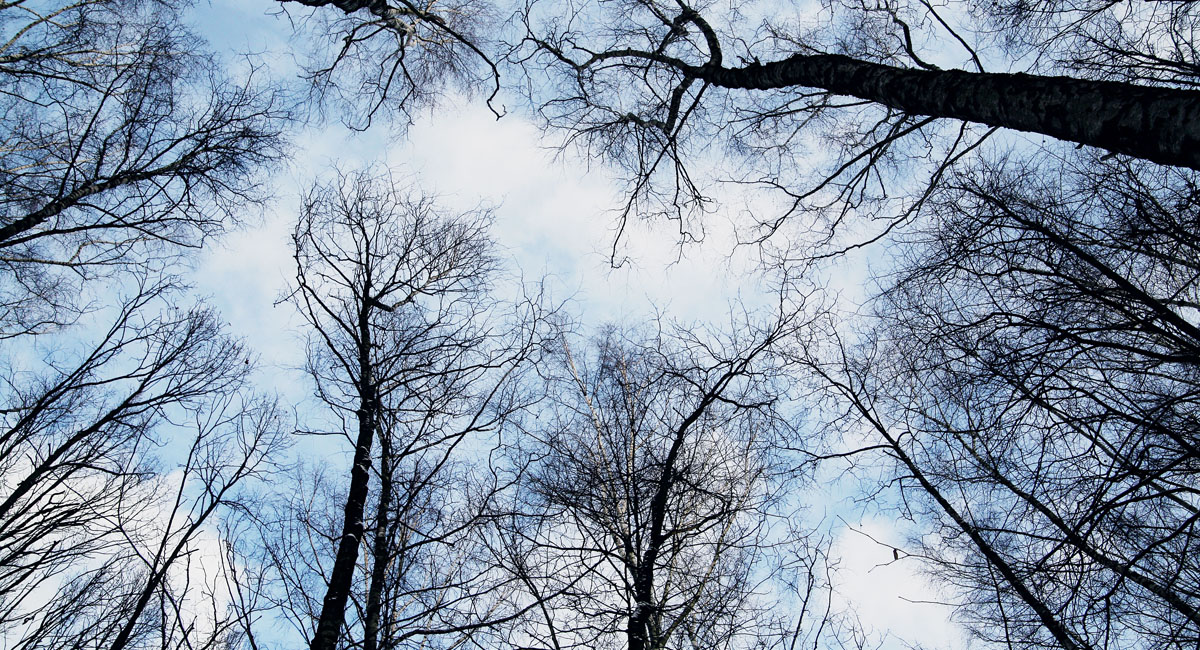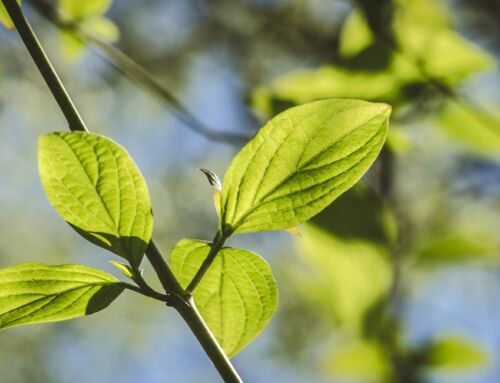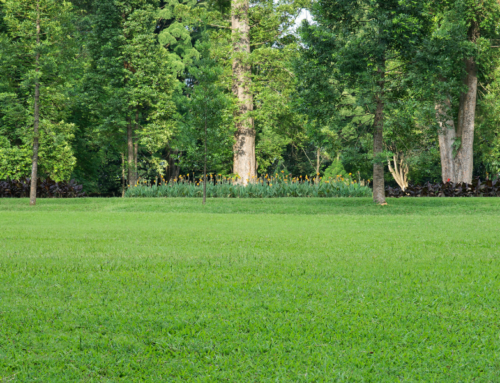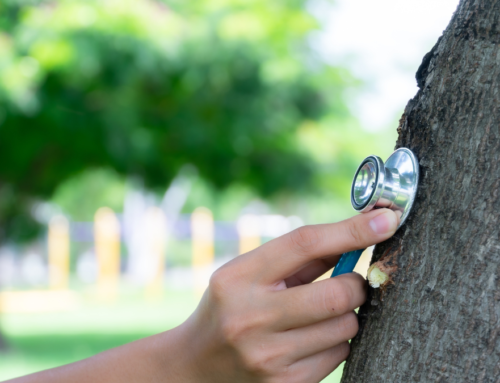The winter season can be a strange one. Some people like it and some don’t, depending where you live and your personal preferences. But those who do enjoy it are arborists because they get to trim trees in their stages of dormancy, replenishing them for the warm spring and summer seasons.
While all trees are susceptible to damage if trimmed or pruned at the wrong time, there are four main tree types that must be trimmed during dormancy: elm, oak, birch and ash.
1. Oak
It’s important to only prune oaks during the winter season while beetles and spores are dormant, dramatically decreasing risks associated with disease. Especially common is Oak Wilt, which is an aggressive disease that affects many species of Oak. Not touching oaks during the growing season is important as any wound could become a point of entry for disease.
2. Elm
Dutch Elm Disease is caused by beetles that infiltrate elms, due to becoming attracted to said wounds. When a non-dormant oak or elm tree is cut, sap “bleeds” and attracts such beetles that carry fungal spores and the like. It leads to infection, possibly killing a full-sized 100-year-old tree in a matter of a couple years.
3. Ash
Ash trees, which are native to North America and popular for landscaping and home yards, should be pruned in the dormant season — especially in terms of dead or diseased branches. That could be attributed to branches potentially hindering the effects of sunlight to circulate the tree crown.
Especially destructive to Ash trees is Emerald Ash Borer, an invasive wood-boring beetle. Emerald Ash Borer remains dormant over the winter months making it the best time to trim and prune the trees in an effort to prevent further damage as a result of the pest.
4. Birch
Birch trees “live” strange lives. Things like insect infestations lead to shallow roots, often shortening the longevity of the trees in whole. The Bronze Birch Borer is a wood-boring beetle that attacks all birch species. Like ash trees and the other aforementioned trees, birch trees are best cut in dormancy due to insects not being negatively impactful. Cutting dead, broken or diseased branches can keep birch trees alive longer.
Act Now – Availability is Limited
Don’t wait until the spring to tend to your trees. You risk the trees further developing disease and maybe dying altogether — something that cannot be reversed.
Call us and have our experts keep you in the know so that once the warmth returns, your trees will be healthy and alive.
Our crews are nearly fully booked for dormancy season so availability is limited. Reserve your appointment today at 313-884-1699.





